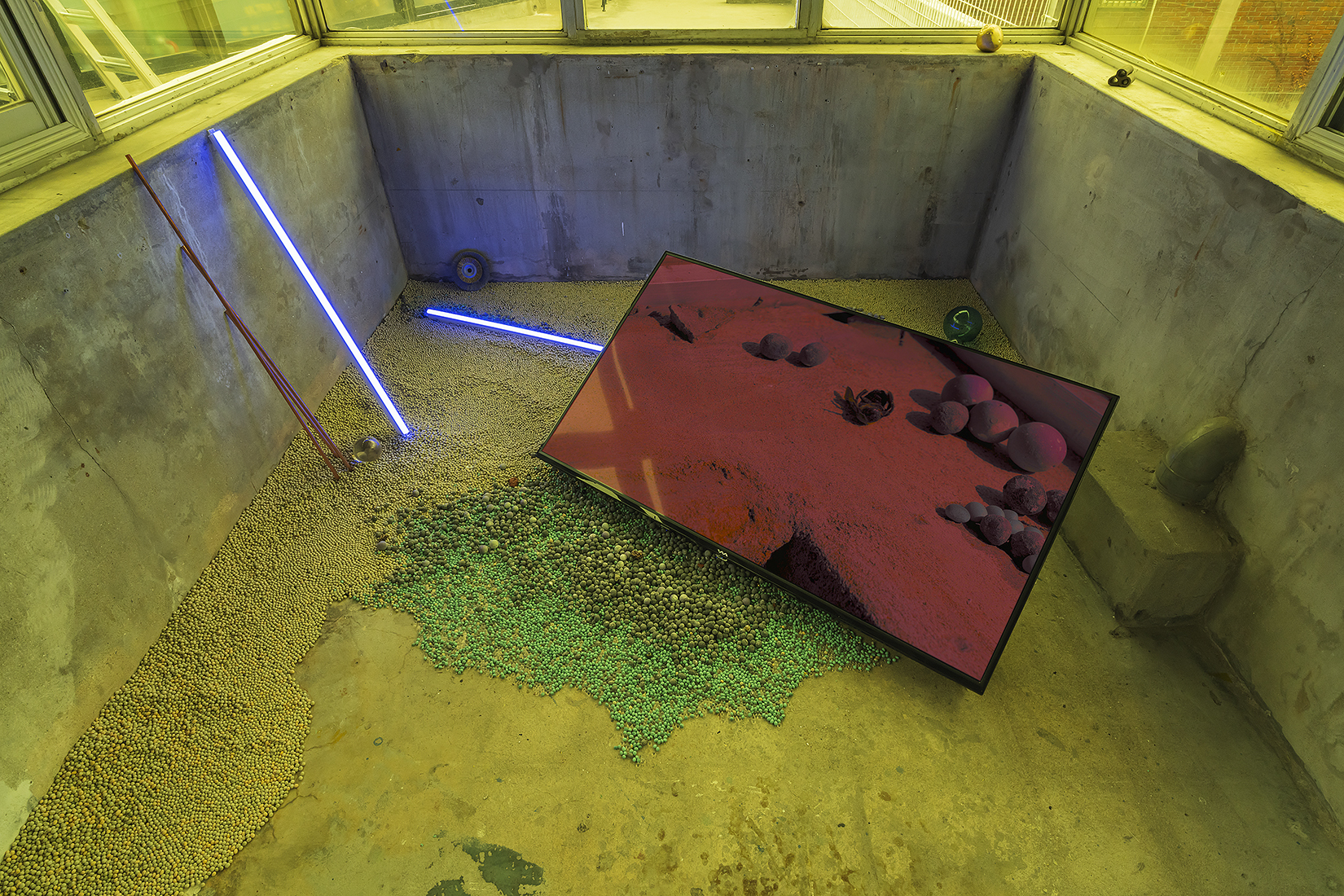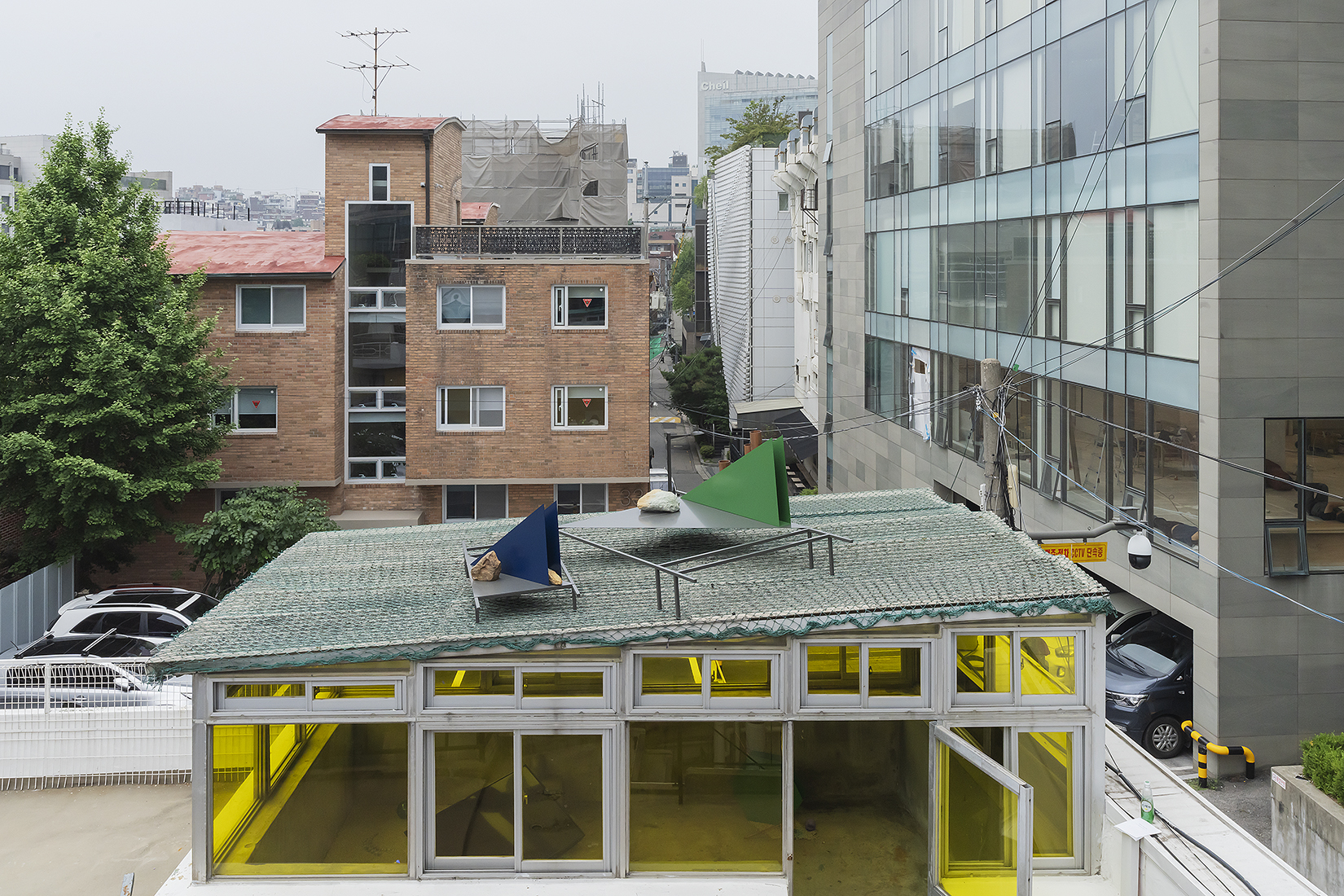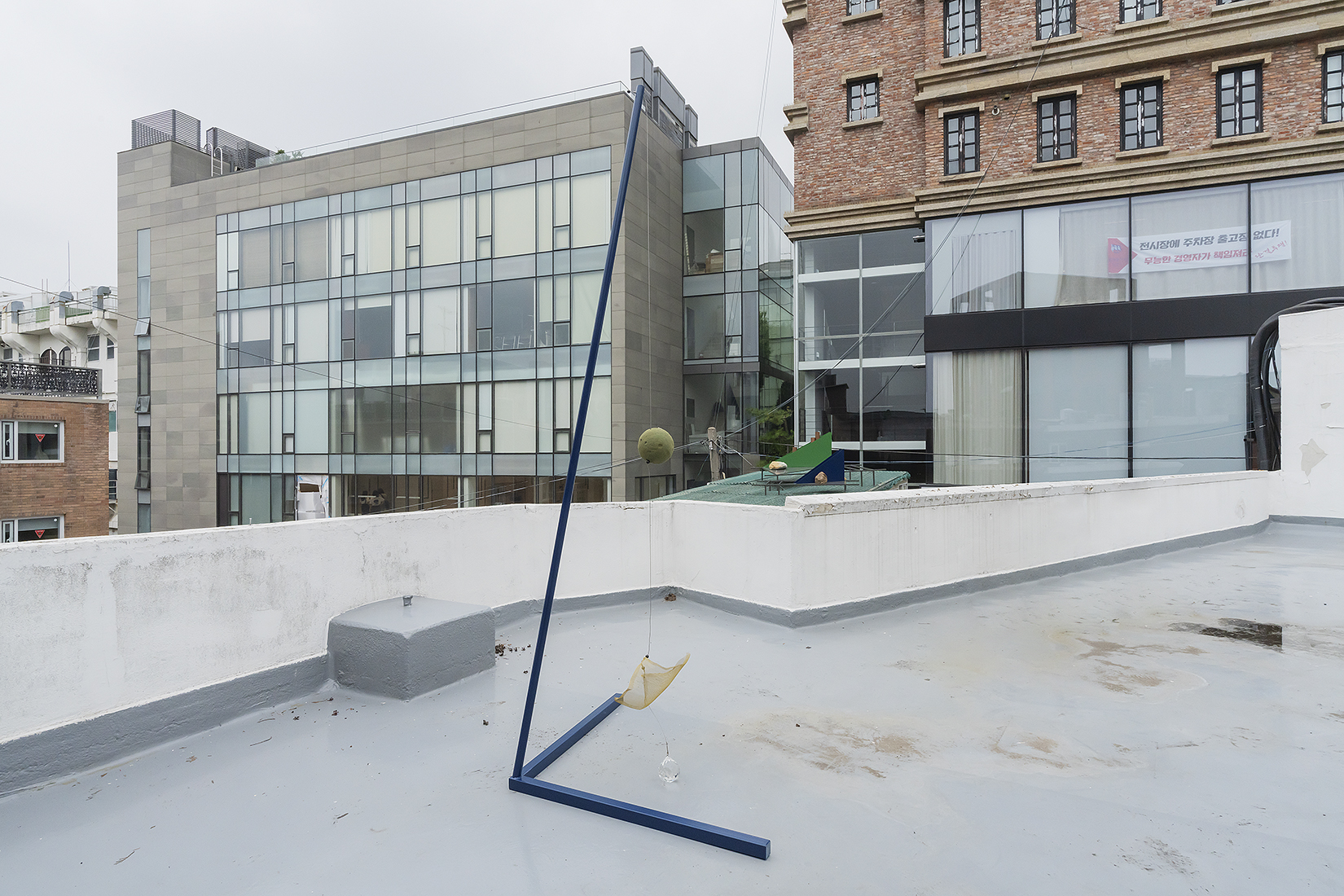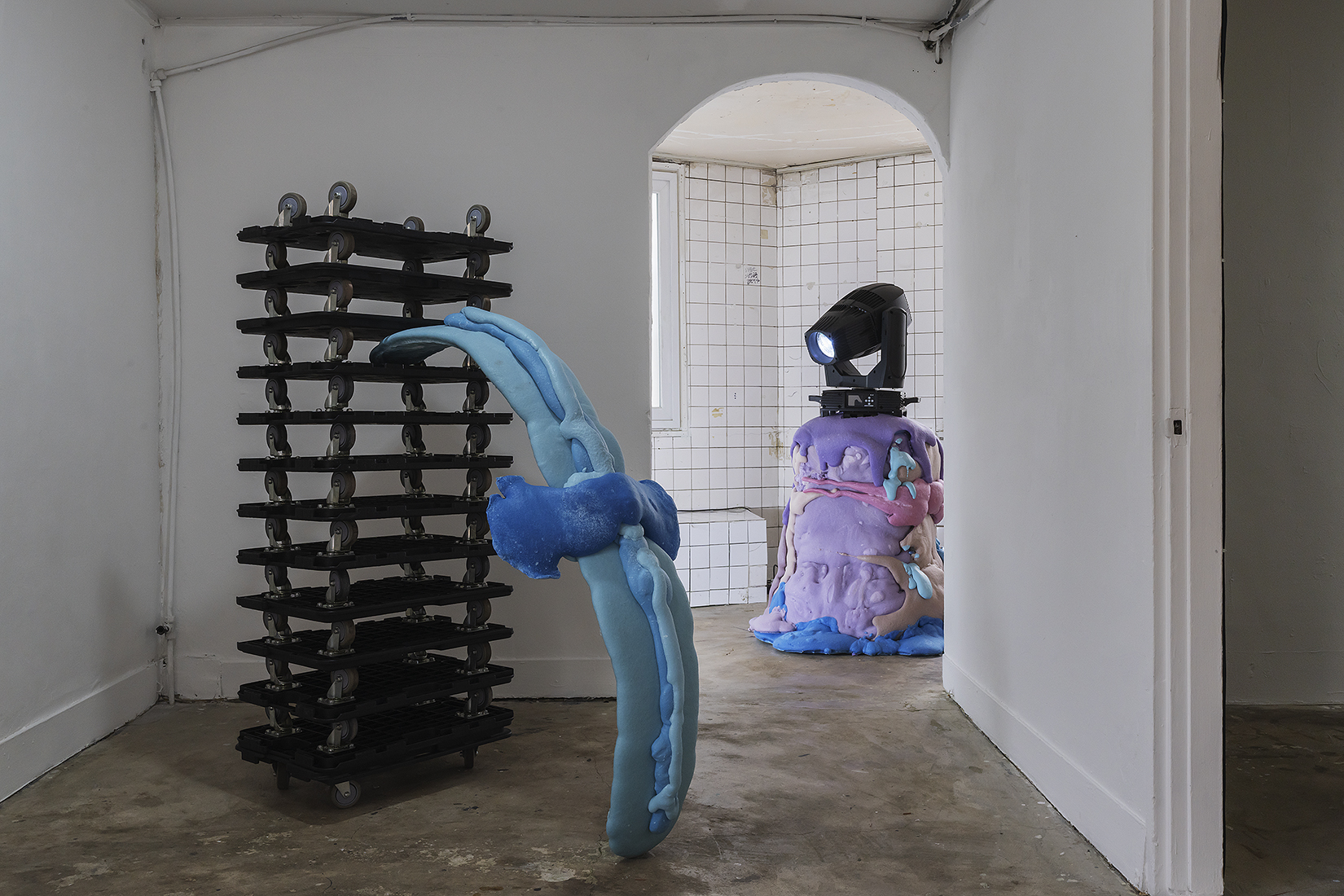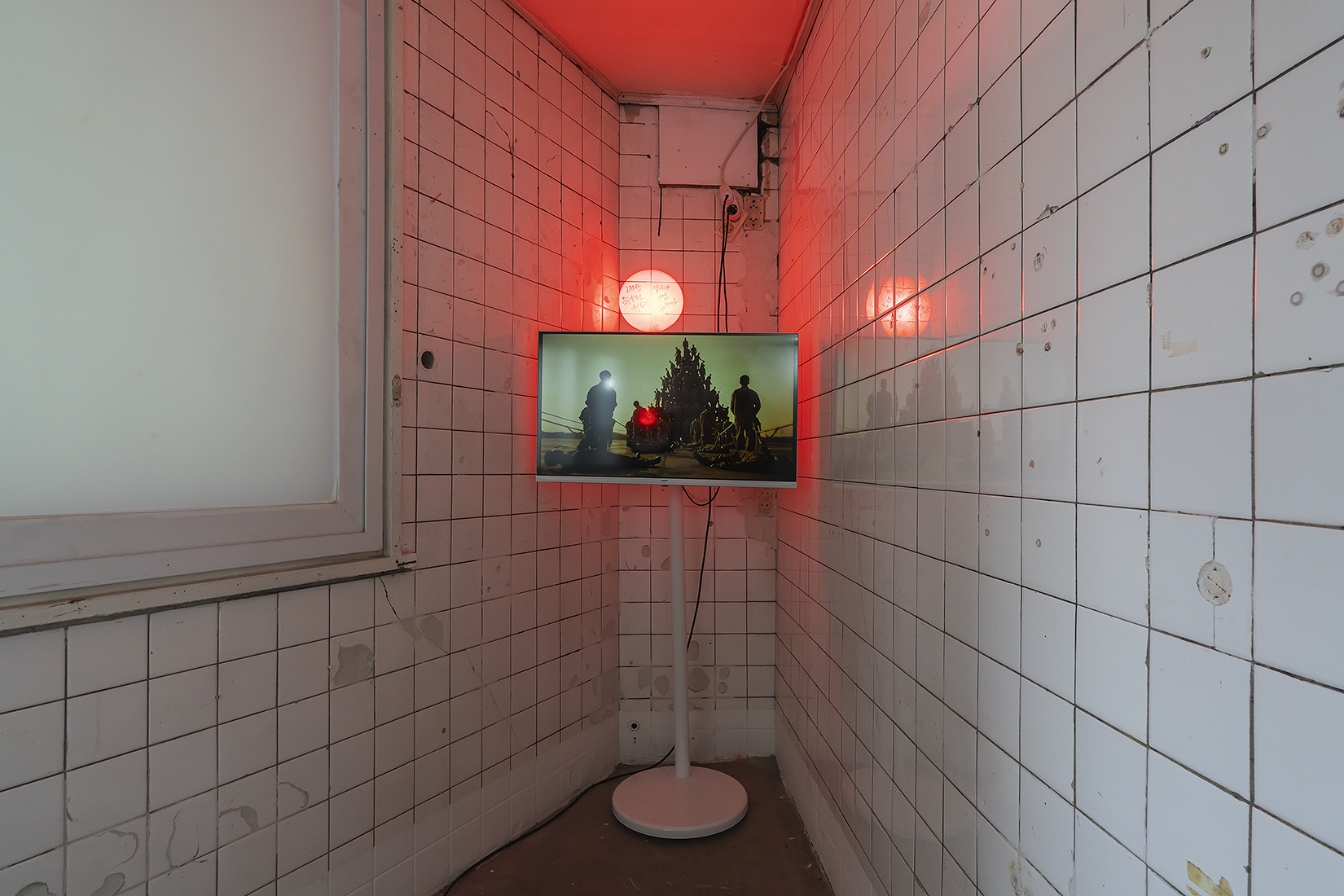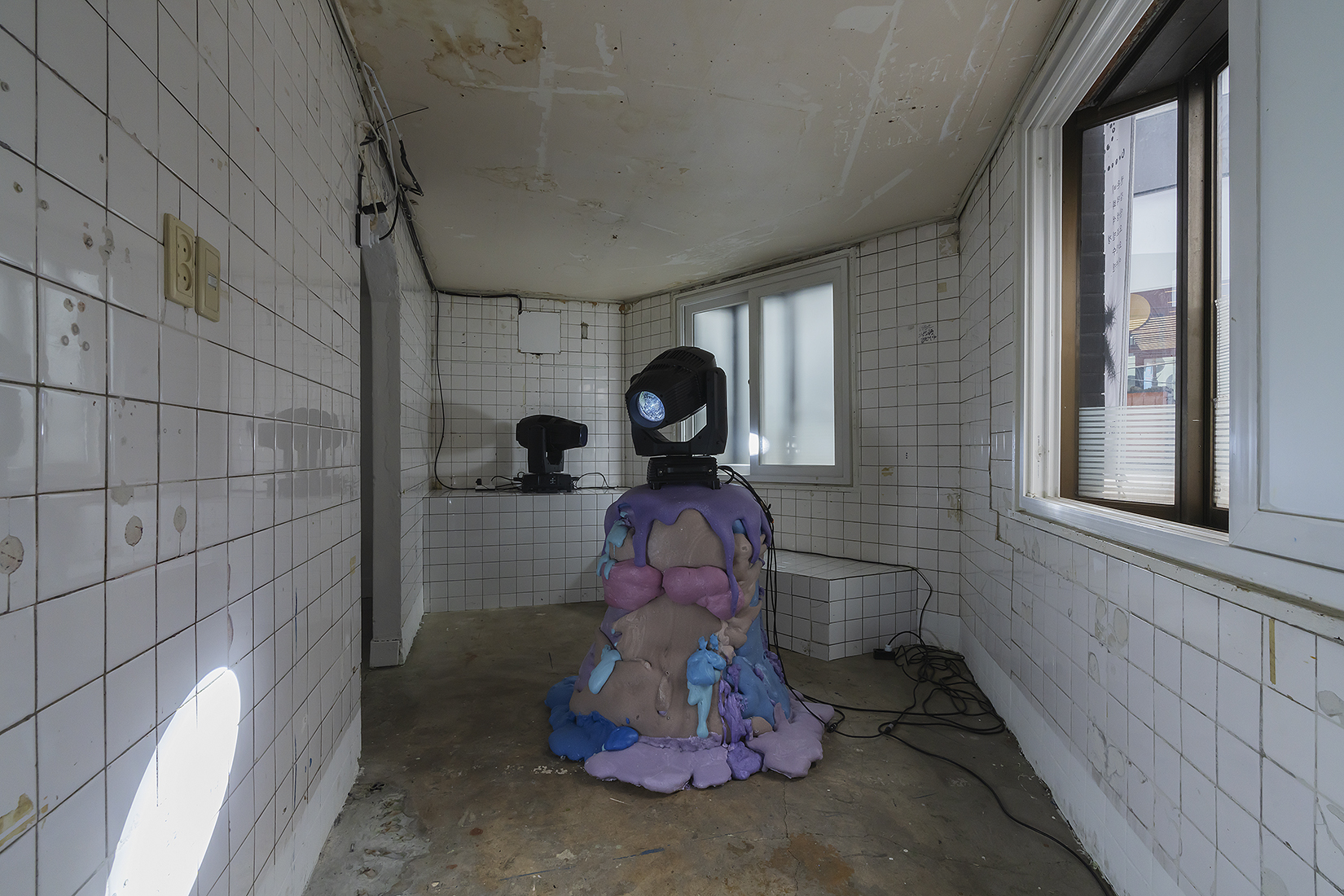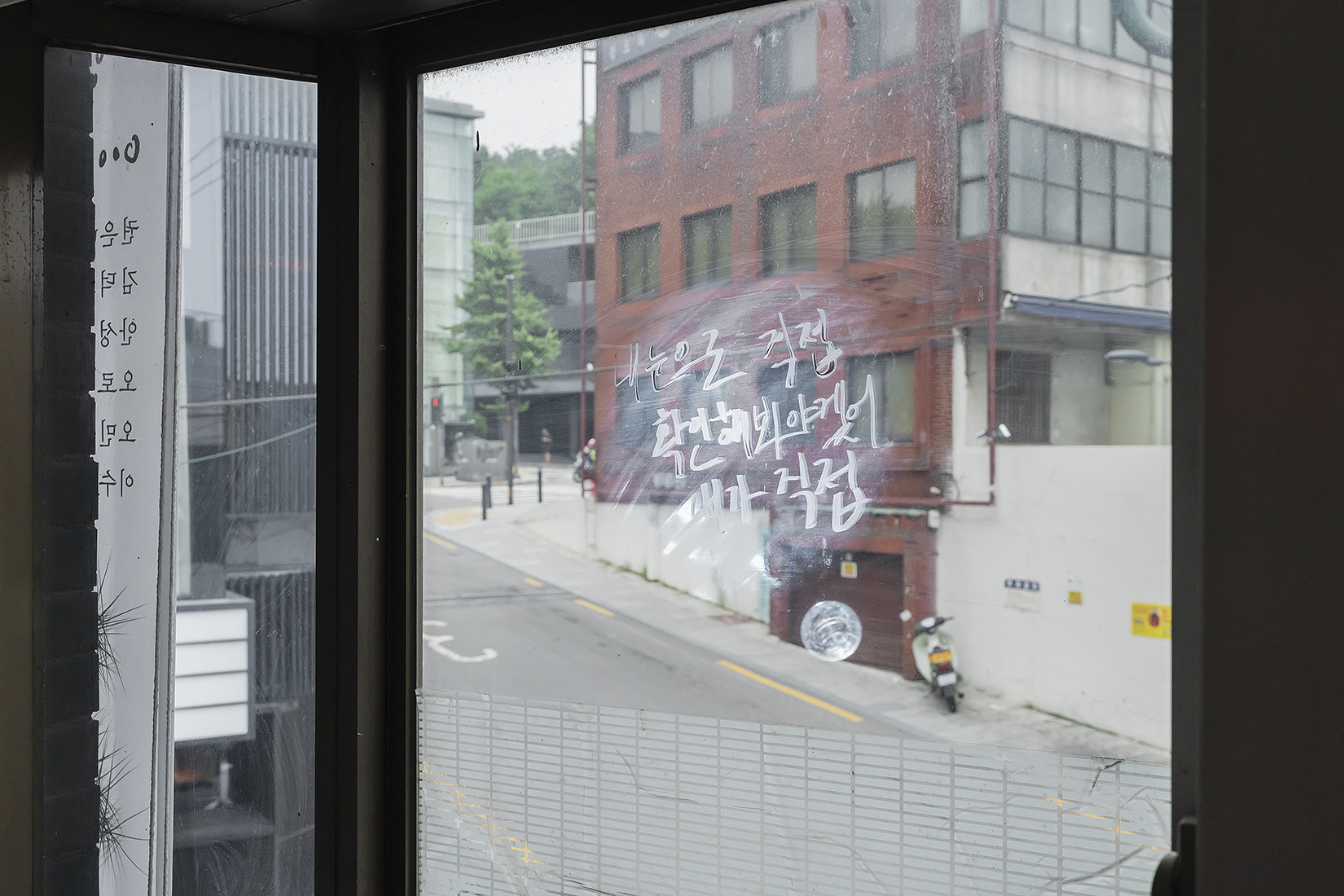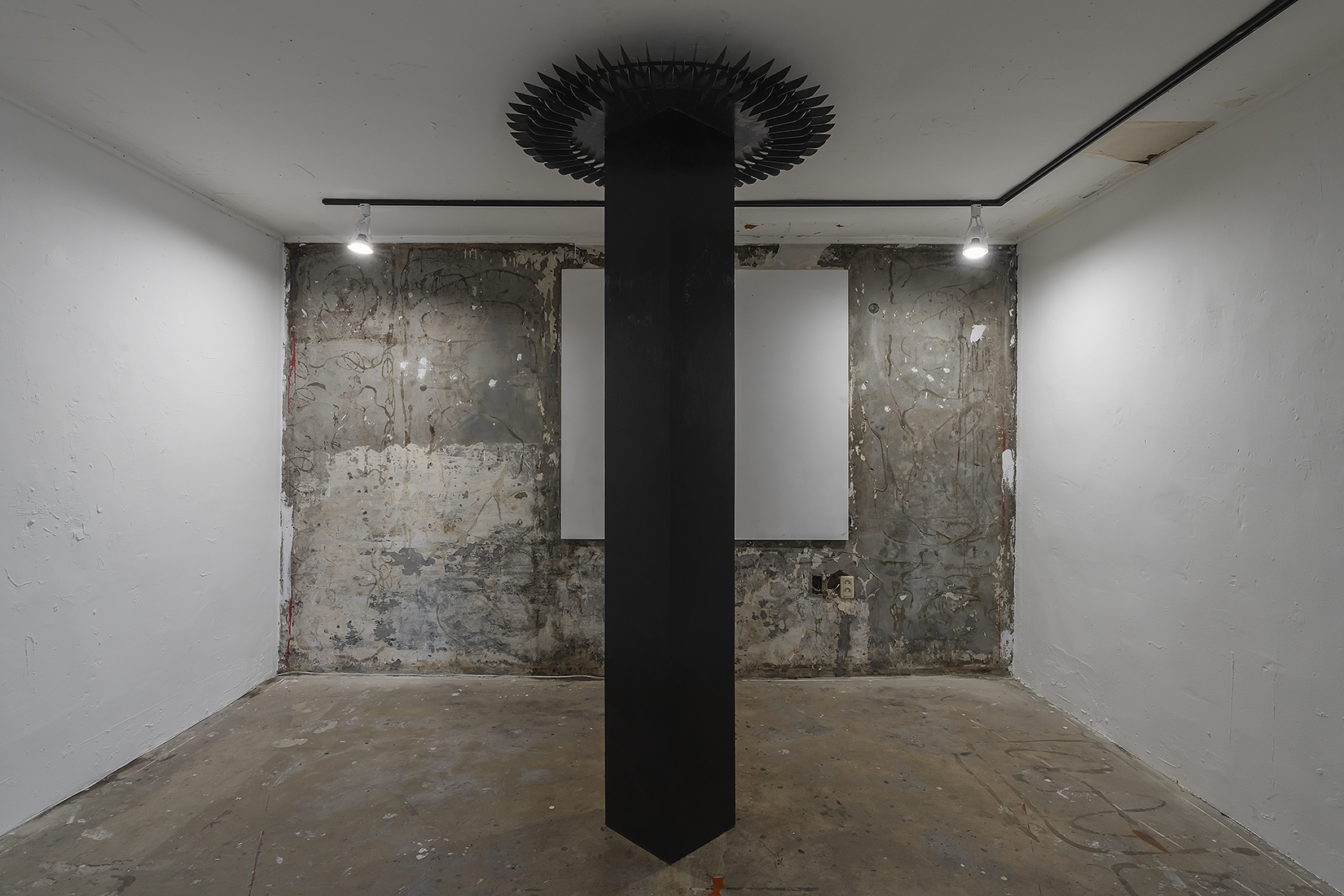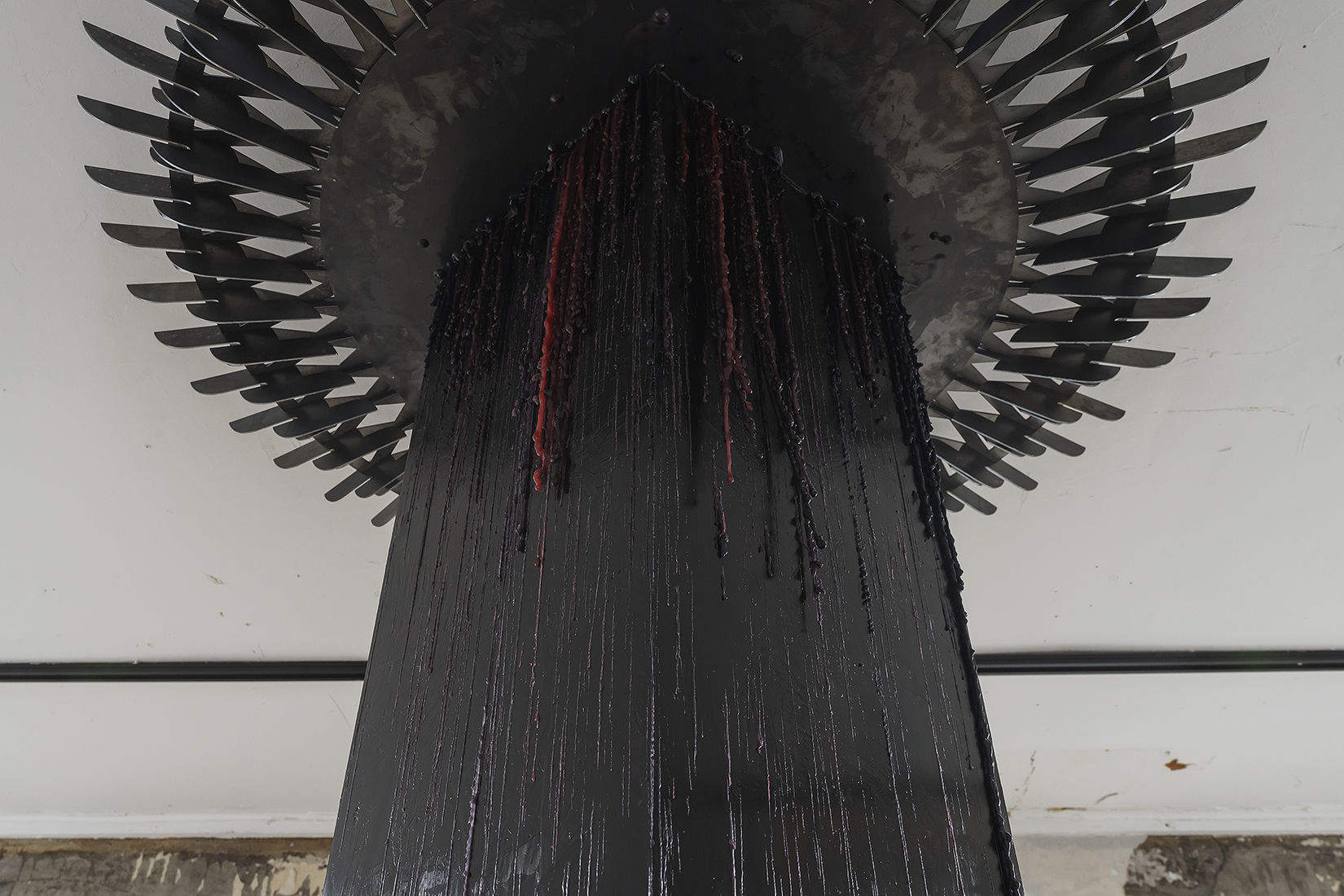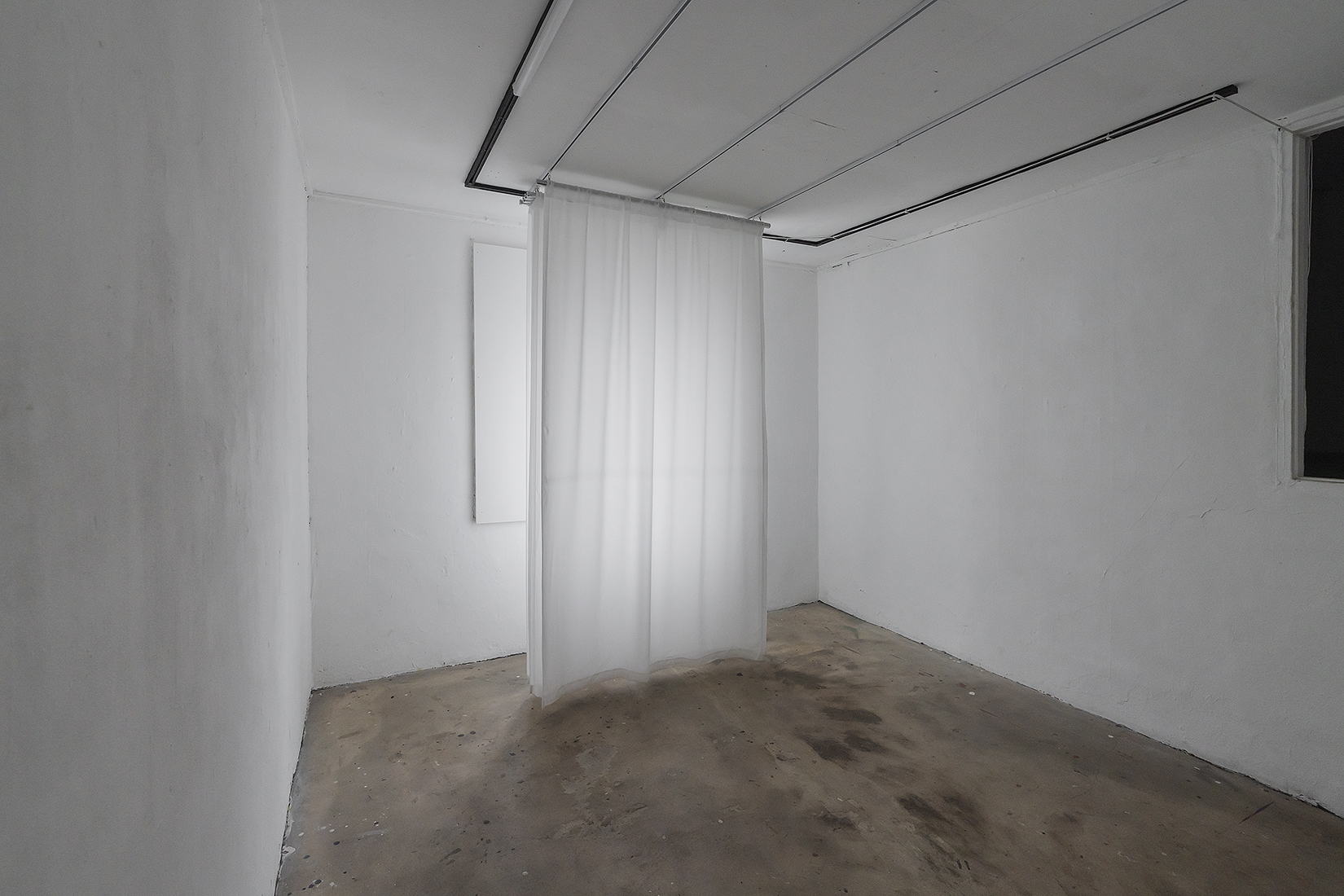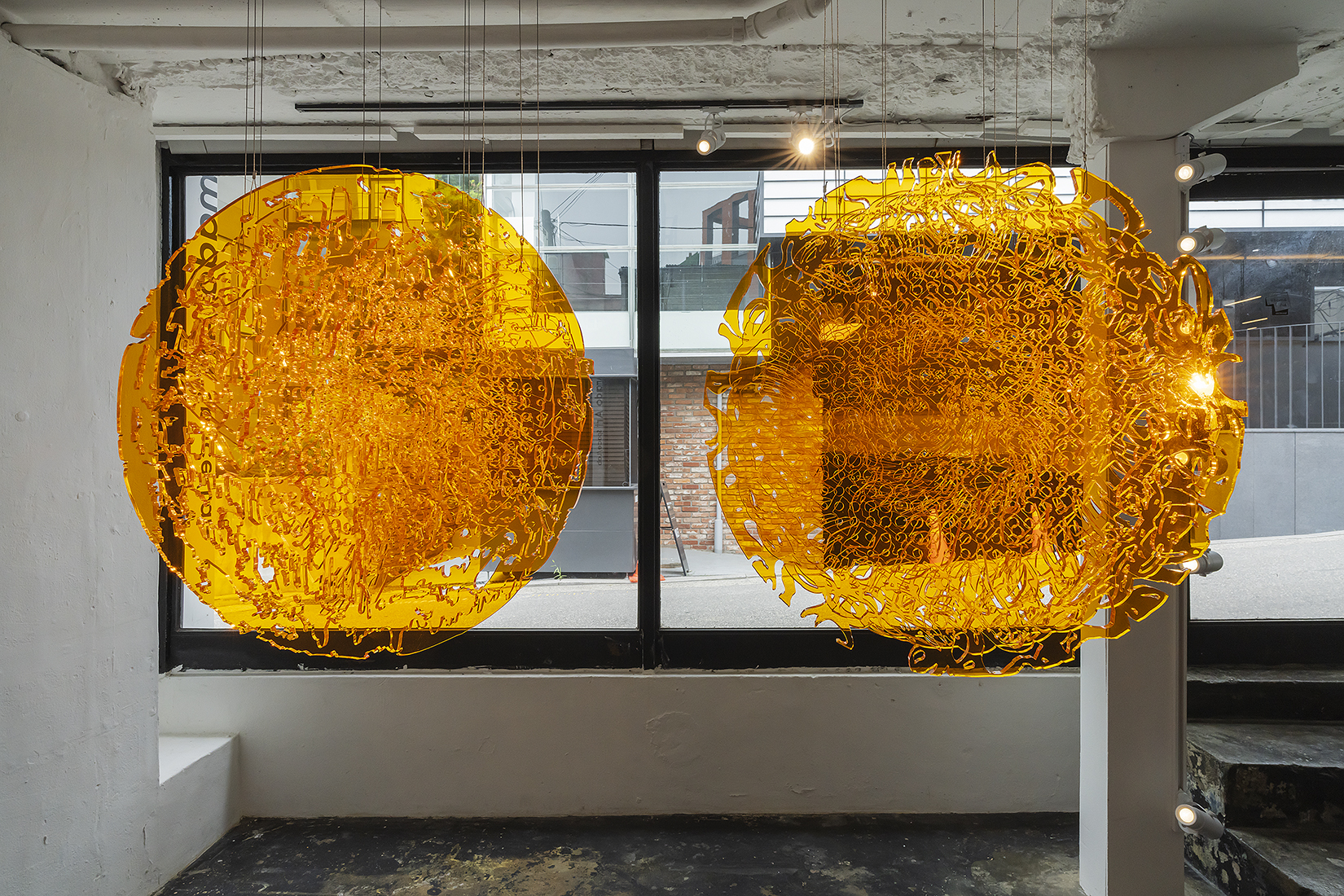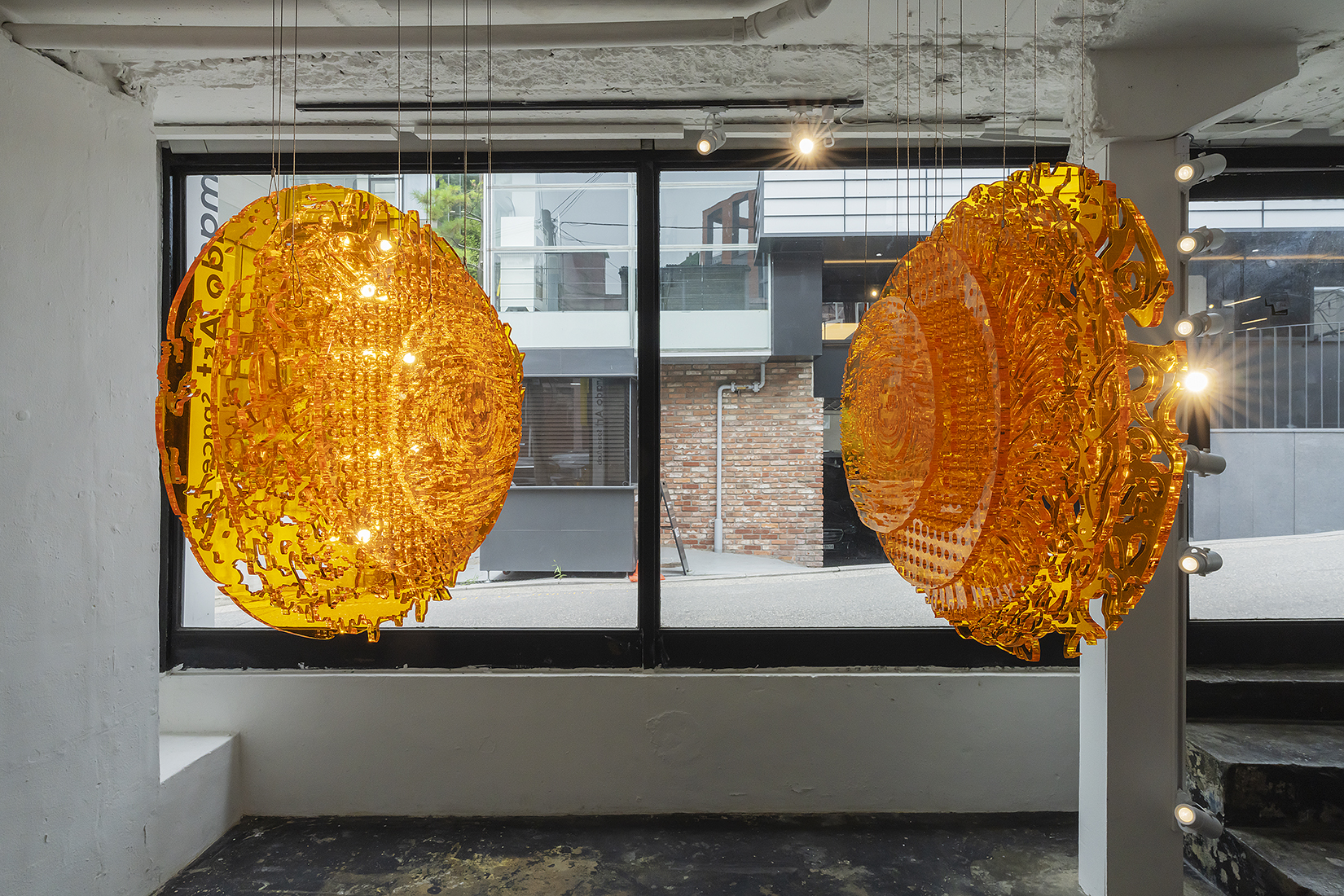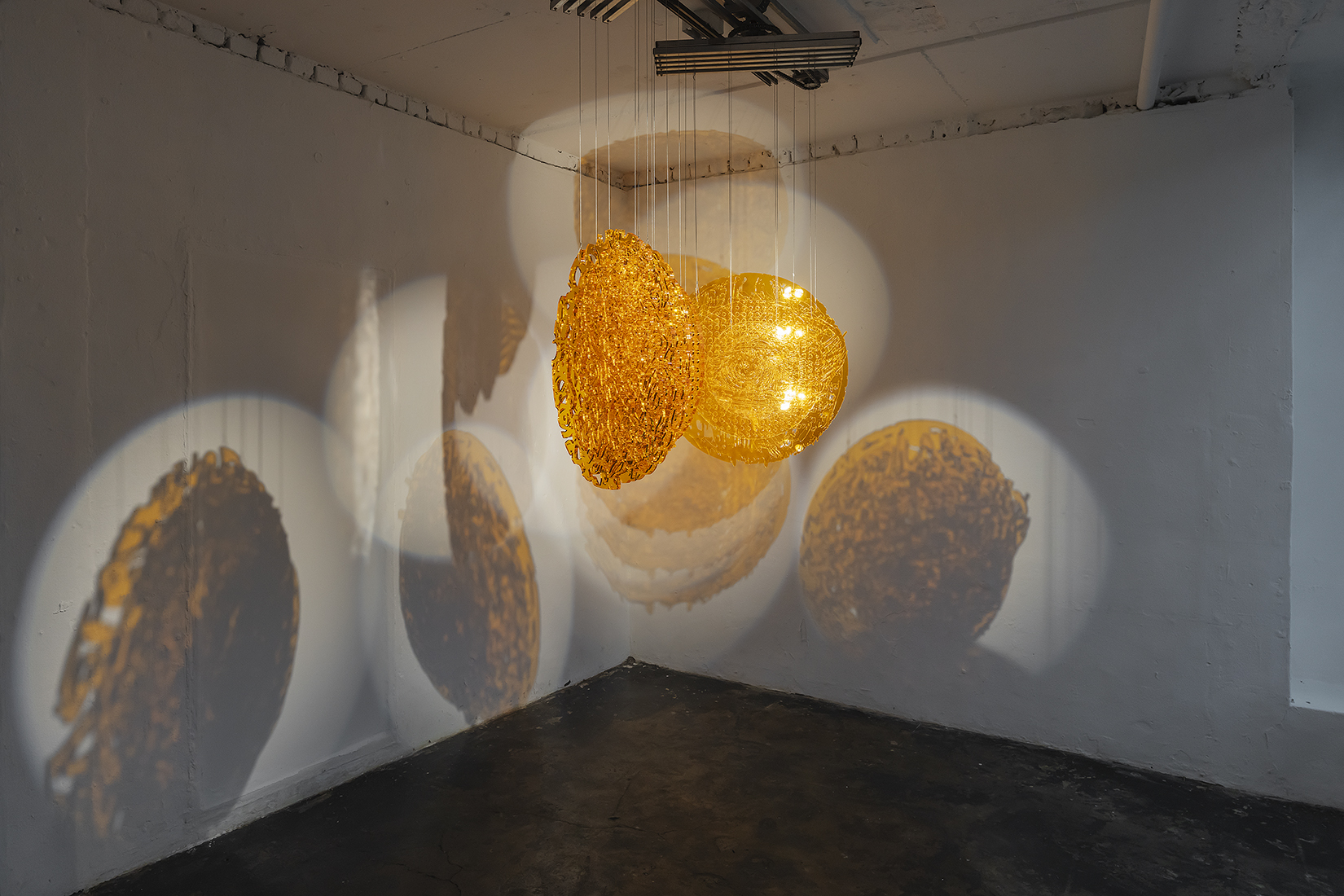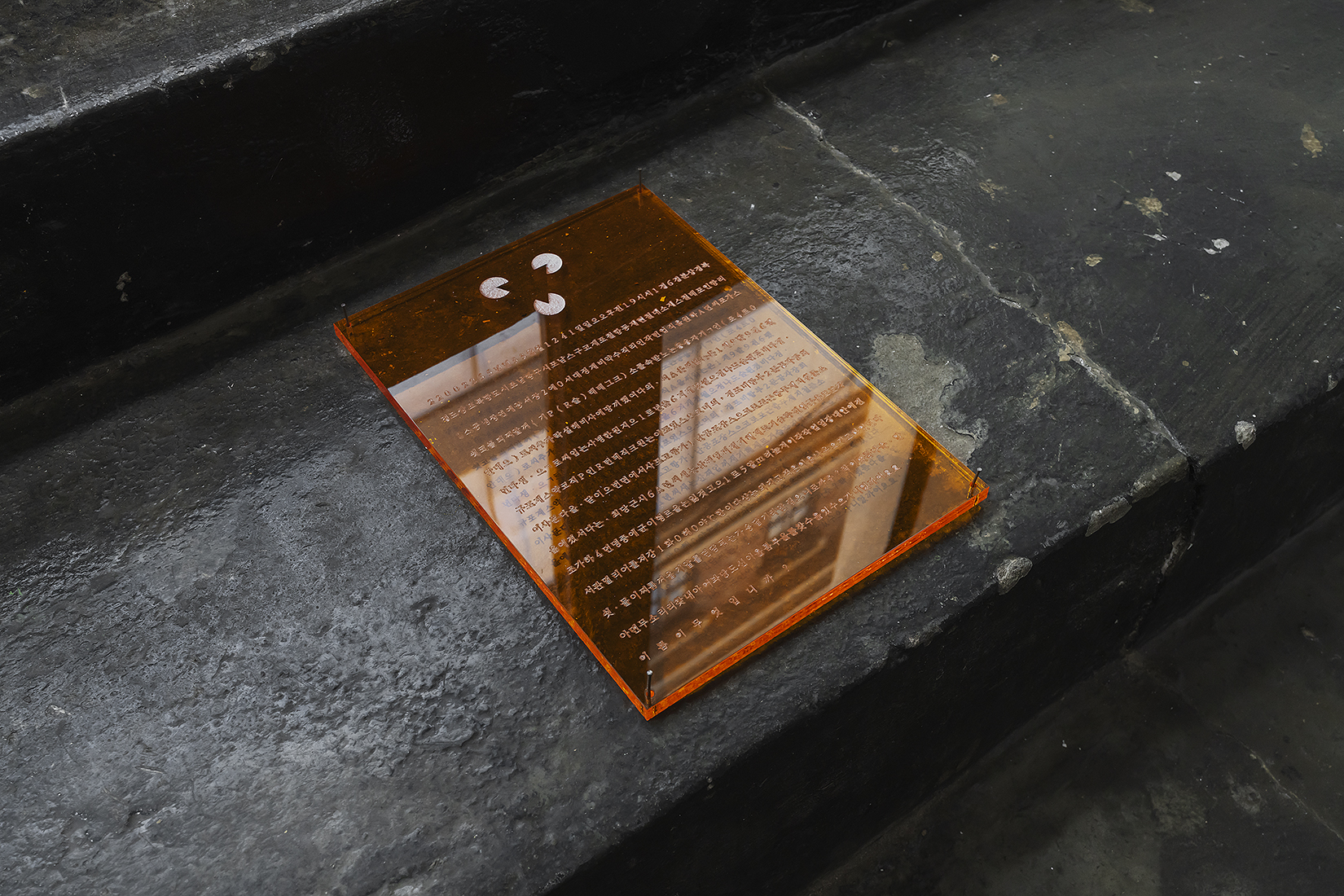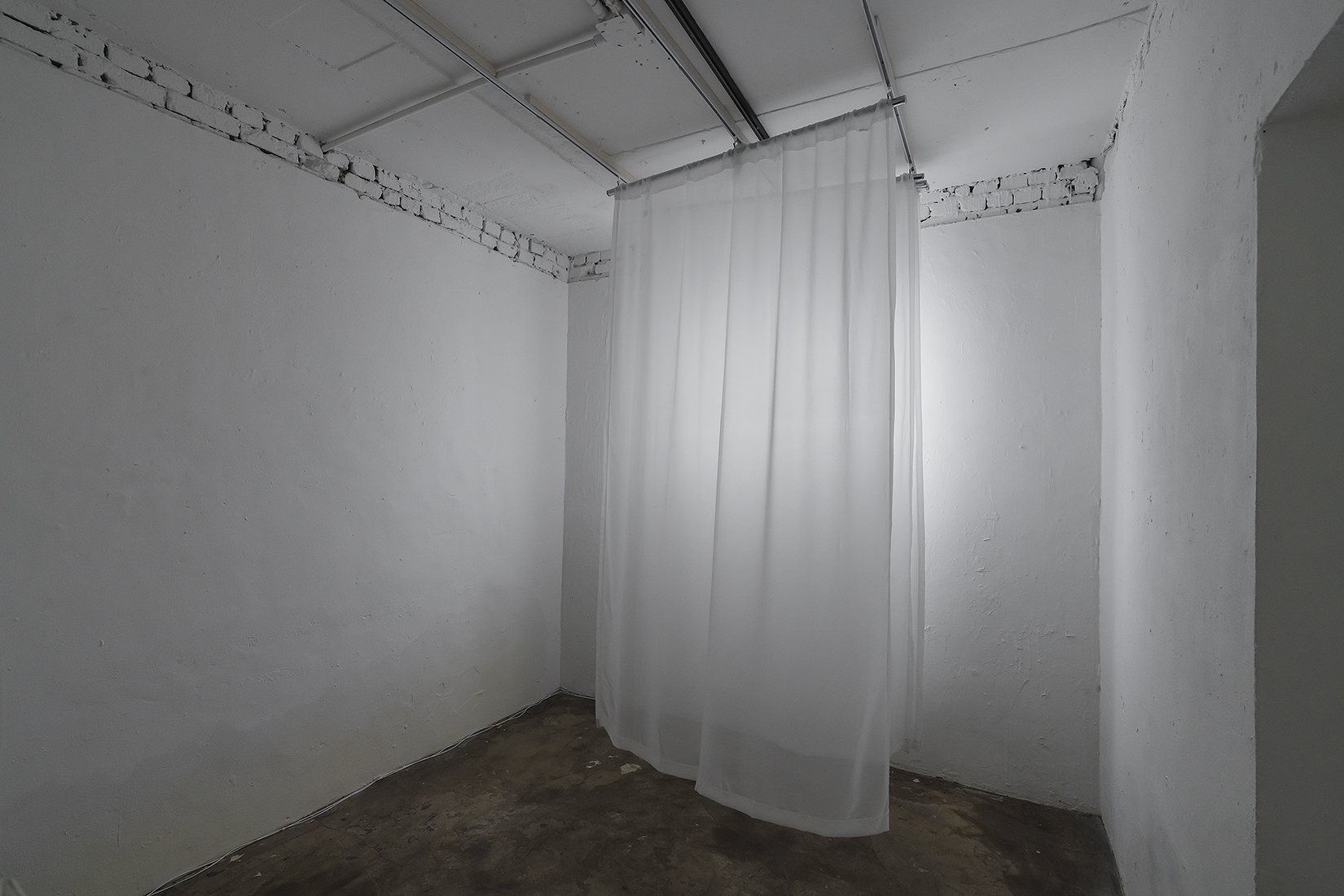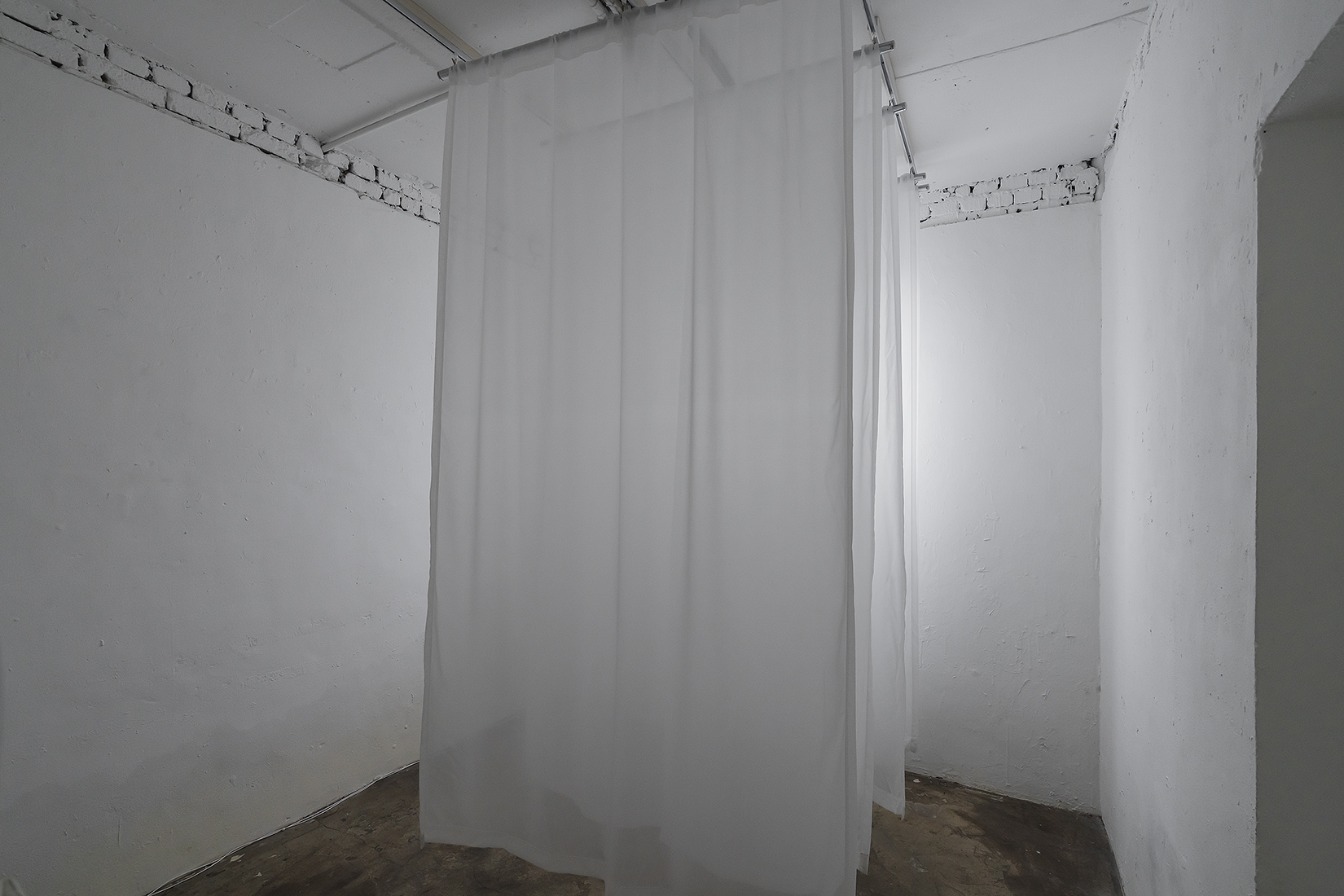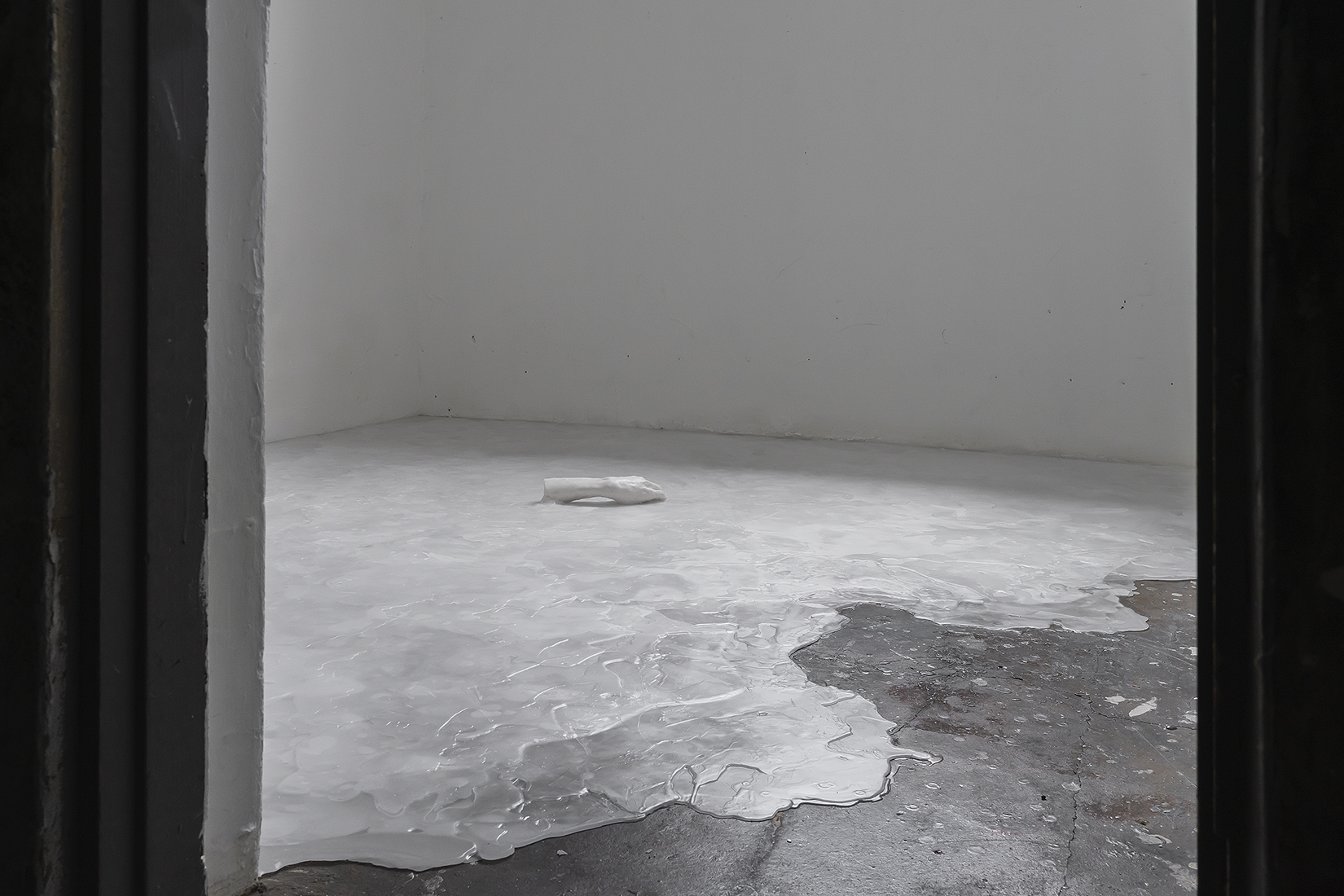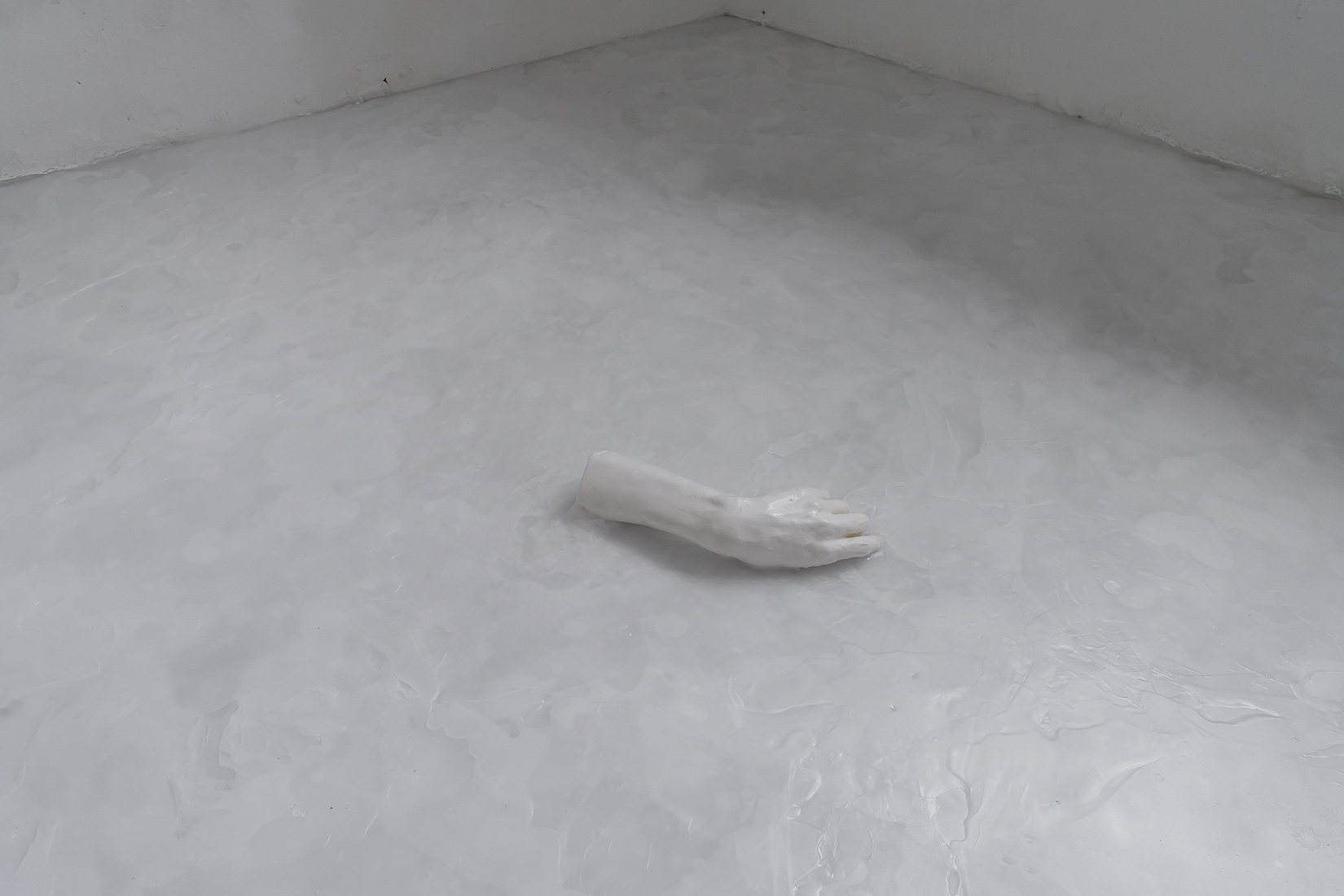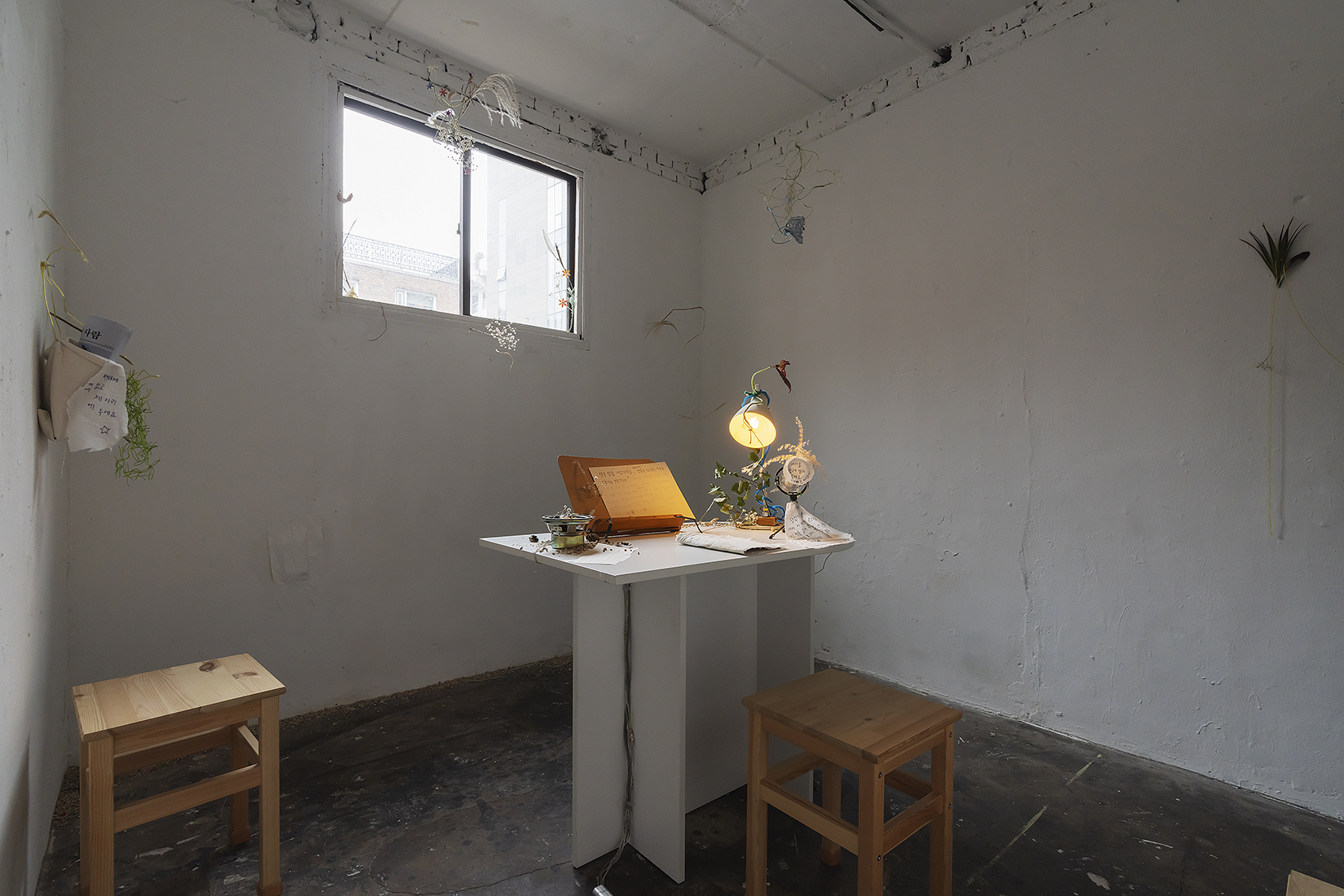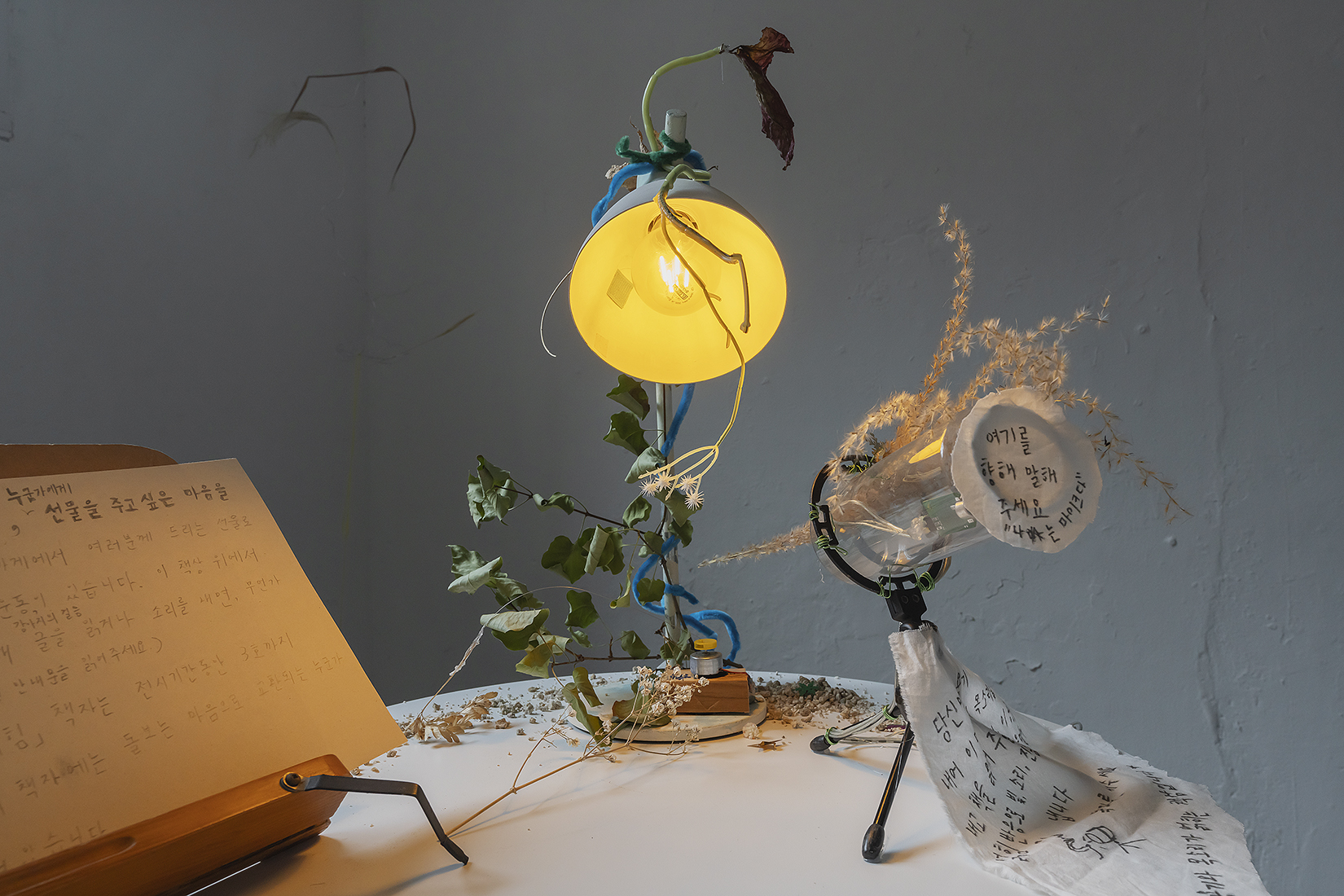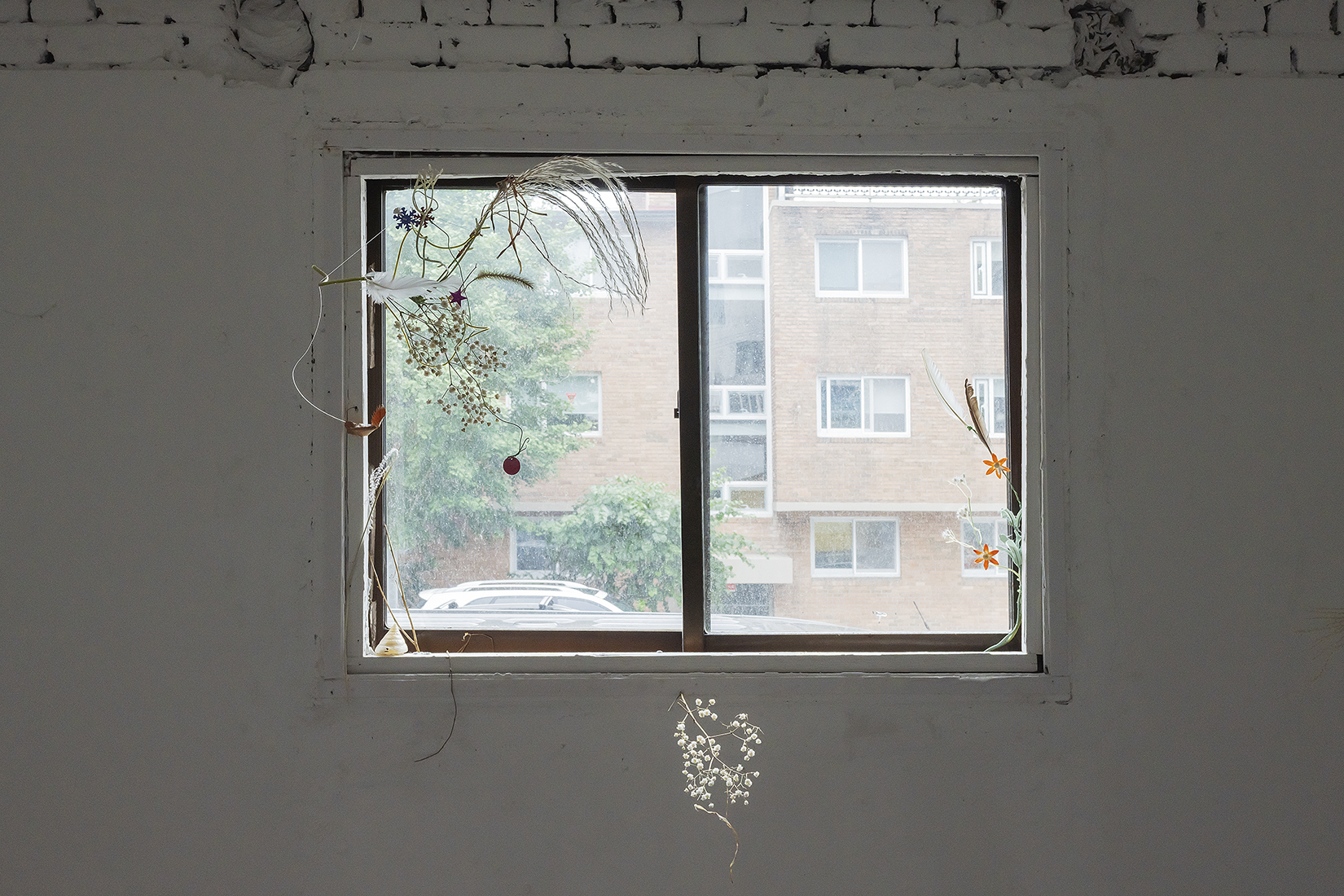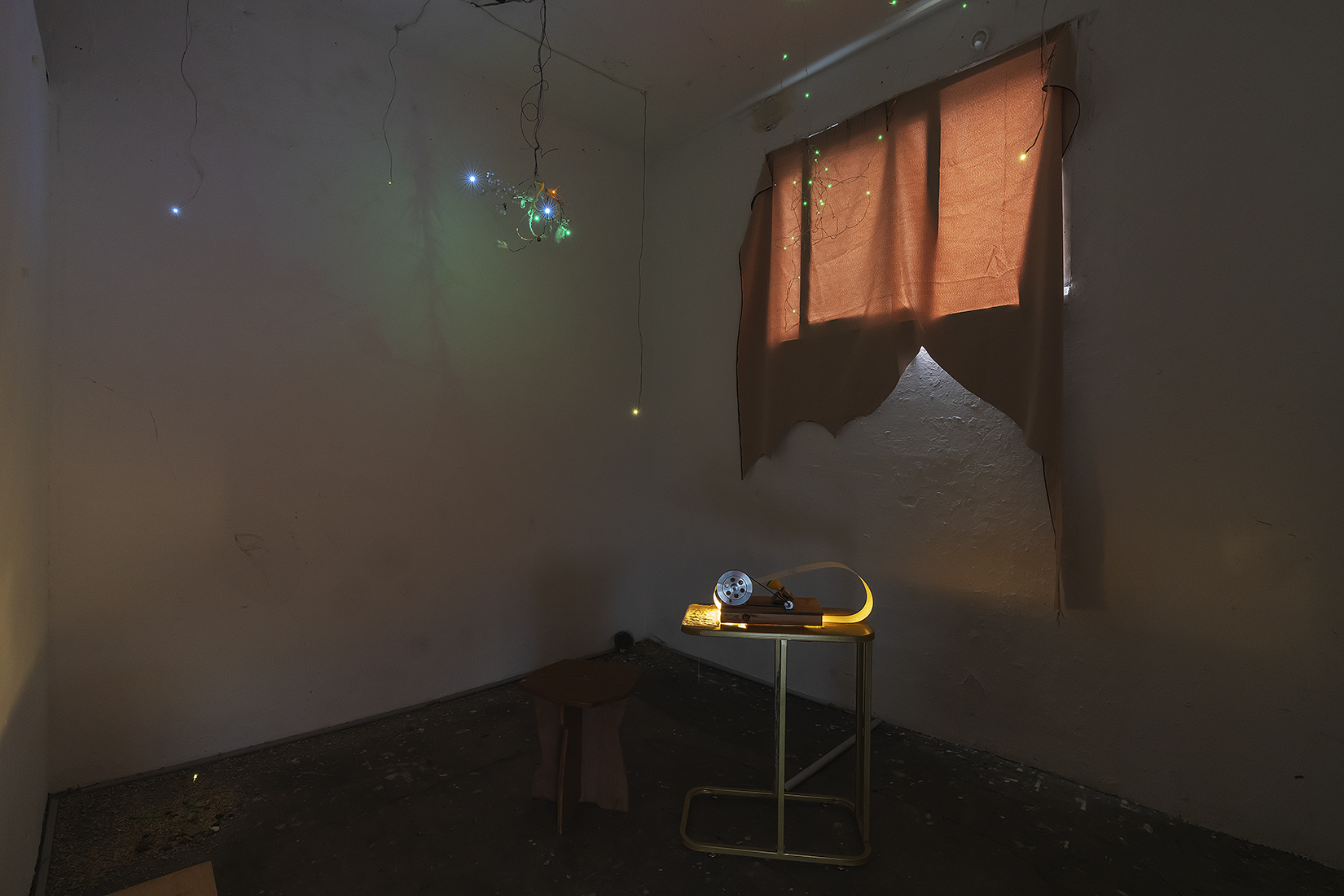《의존하는, 의존하지 않는》
𝘙𝘦𝘭𝘪𝘢𝘯𝘤𝘦 𝘢𝘯𝘥 𝘐𝘯𝘥𝘦𝘱𝘦𝘯𝘥𝘦𝘯𝘤𝘦
《의존하는, 의존하지 않는》은 자본주의의 운동 원리 중 협업과 분업을 소재로 한 것으로, 전시는 조각의 물질과 형태의 확장으로서 빛, 열, 소리, 움직임 등을 조형 방법으로 삼는다.
협업과 분업은 한 사회 혹은 공동체를 살아가는 사람들이 함께 생산하고 분배하는 방식이지만, 자본주의에서는 자본이 순조롭게 운동하기 위한 효율적인 지배 방식으로 작동한다. 노동자들이 모여 일한다는 것, 그 안에서 부분으로 역할 하는 모든 것은 노동자들이 연합한 결과임에도 자본의 능력이자 효과가 된다. 자본의 운동이 주체이므로 인간이 객체화, 부분화되는 것은 필연이다. 그러므로 산업 현장에서의 해고, 사고, 죽음 등은 자본의 관점에서는 문제 되지 않는다. 왜냐하면 자본에게는 노동자들의 어떤 상태나 상황도 잉여가치를 얻는 수단이자 자본 축적의 계기일 뿐이기 때문이다.
전시에서 이와 같은 주제에 접근하는 작품들의 소재는 다채롭지만, 자본주의가 가진 모순을 파악하고자 한다는 점에서는 동일하다. 작가들은 자본주의가 가진 폭력성이나 부조리성을 역설적으로 드러내고, 노동의 현장을 관찰하면서도, 산재사고에 대한 애도 방식을 고민하고, 타인의 고통을 직면하고 연대의 순간을 희망하며, 인간적인 교환에 대해 상상하는 등 자본의 운동 아래 놓여 있는 사람들의 모습을 응시한다. 여기서 작가들은 자신에게 내재해 있던 조형 언어를 토대로 현실을 쪼개고 해체하는 동시에 흩어지고 떨어진 것들의 연결성을 만들어내는 등 회의하고 반성하는 조형의 방법을 제시하며 현실의 모순을 간취한다. 또한 작품들은 각자의 형상으로, 서로 관여하는 모습을 드러내기에 전시의 주제와 조형의 연결이 자의가 아니라 필연임을 드러내 보인다.
Reliance and Independence takes collaboration and division of labor—two central principles of capitalist operation—as its conceptual and formal foundation. The exhibition expands the sculptural language beyond matter and form, employing light, heat, sound, and movement as modes of construction.
Collaboration and division of labor, in their ideal sense, describe how members of a society or community collectively produce and distribute. Yet under capitalism, they function as mechanisms of efficient control, ensuring the seamless circulation of capital. The fact that workers labor together and that each fulfills a partial role is, paradoxically, rendered not as the outcome of their collective effort but as the power and efficacy of capital itself. Since the movement of capital is treated as the true subject, the objectification and fragmentation of human labor become inevitable. Thus, dismissal, injury, or death in industrial settings are of no consequence from the standpoint of capital, for every state or condition of the worker serves merely as a means of extracting surplus value—a further opportunity for capital accumulation.
While the materials and forms employed in this exhibition vary widely, the participating artists share a common intent: to examine the contradictions inherent in capitalism. They expose its violence and absurdity through irony and observation; they witness and mourn industrial accidents; they confront the pain of others while seeking moments of solidarity; and they imagine more humane forms of exchange. The artists engage with reality through reflective and critical sculptural methods—splitting and dismantling the visible world while constructing new connections among what has been scattered or estranged. Through these processes, they discern and articulate the paradoxes of lived experience under capital.
Moreover, the works, each with its own form yet intertwined with others, reveal a mutual entanglement that underscores the inevitability—not arbitrariness—of the exhibition’s conceptual and formal connection. In Reliance and Independence, the act of making becomes a site where coexistence and tension, dependence and autonomy, converge and coexist in a single sculptural breath.

